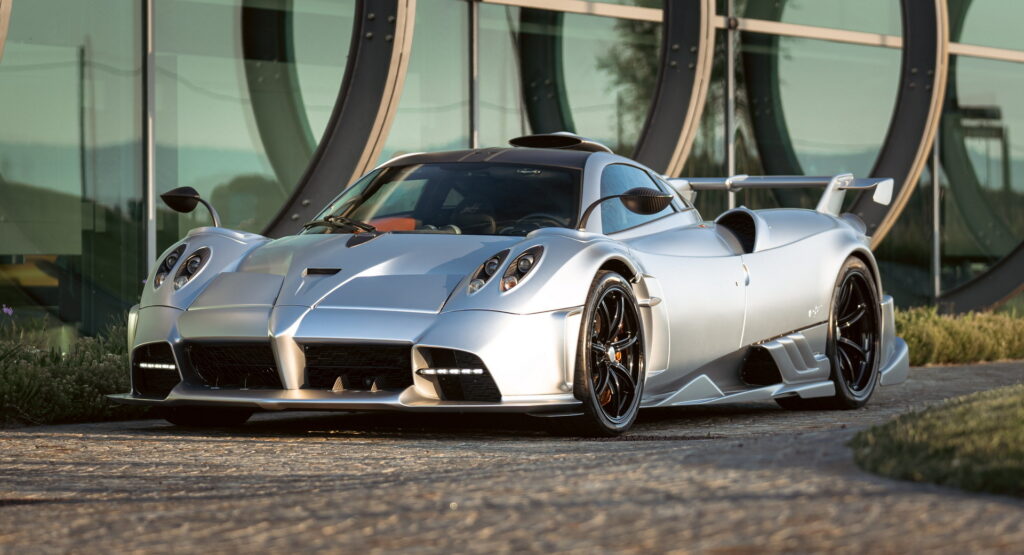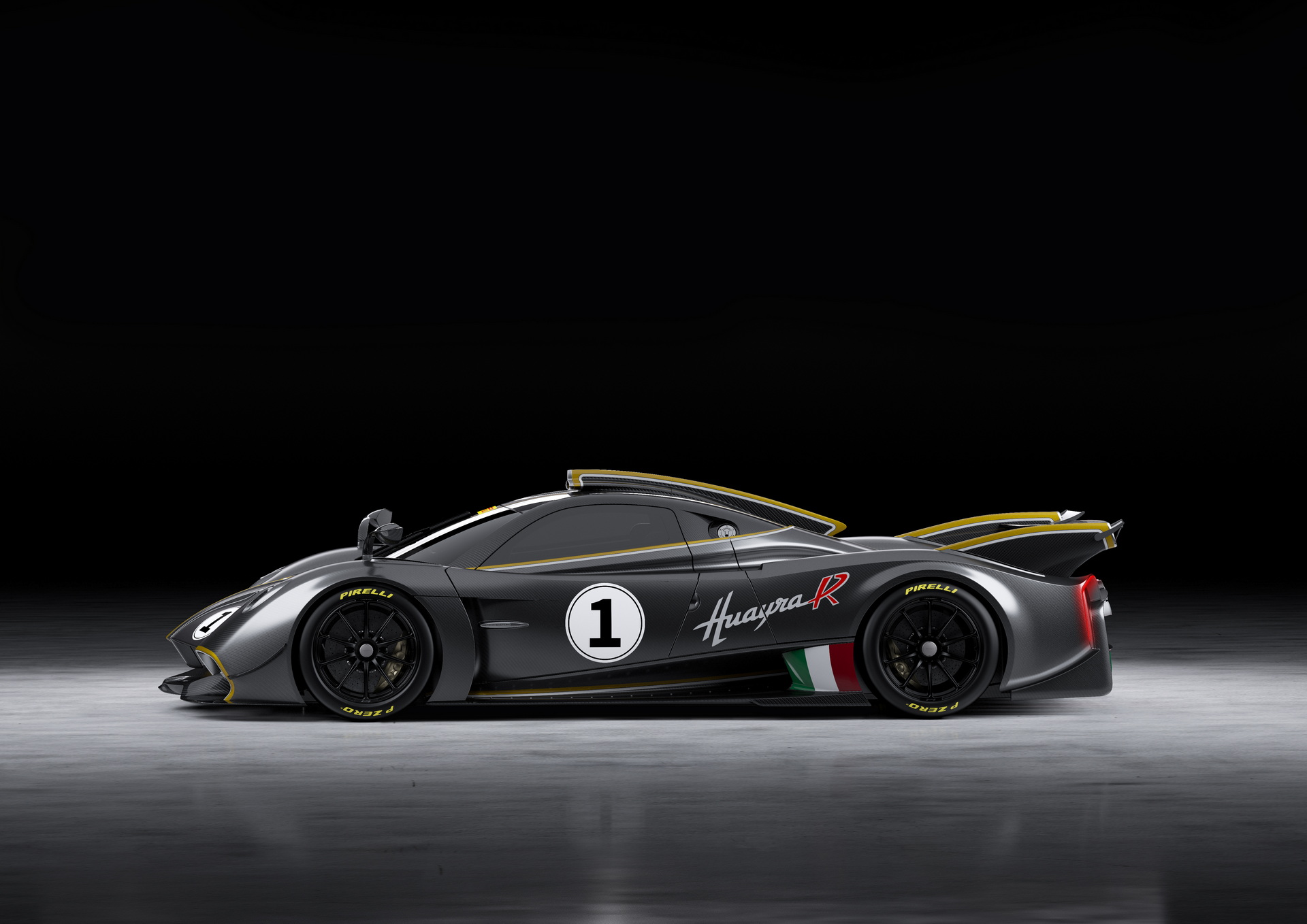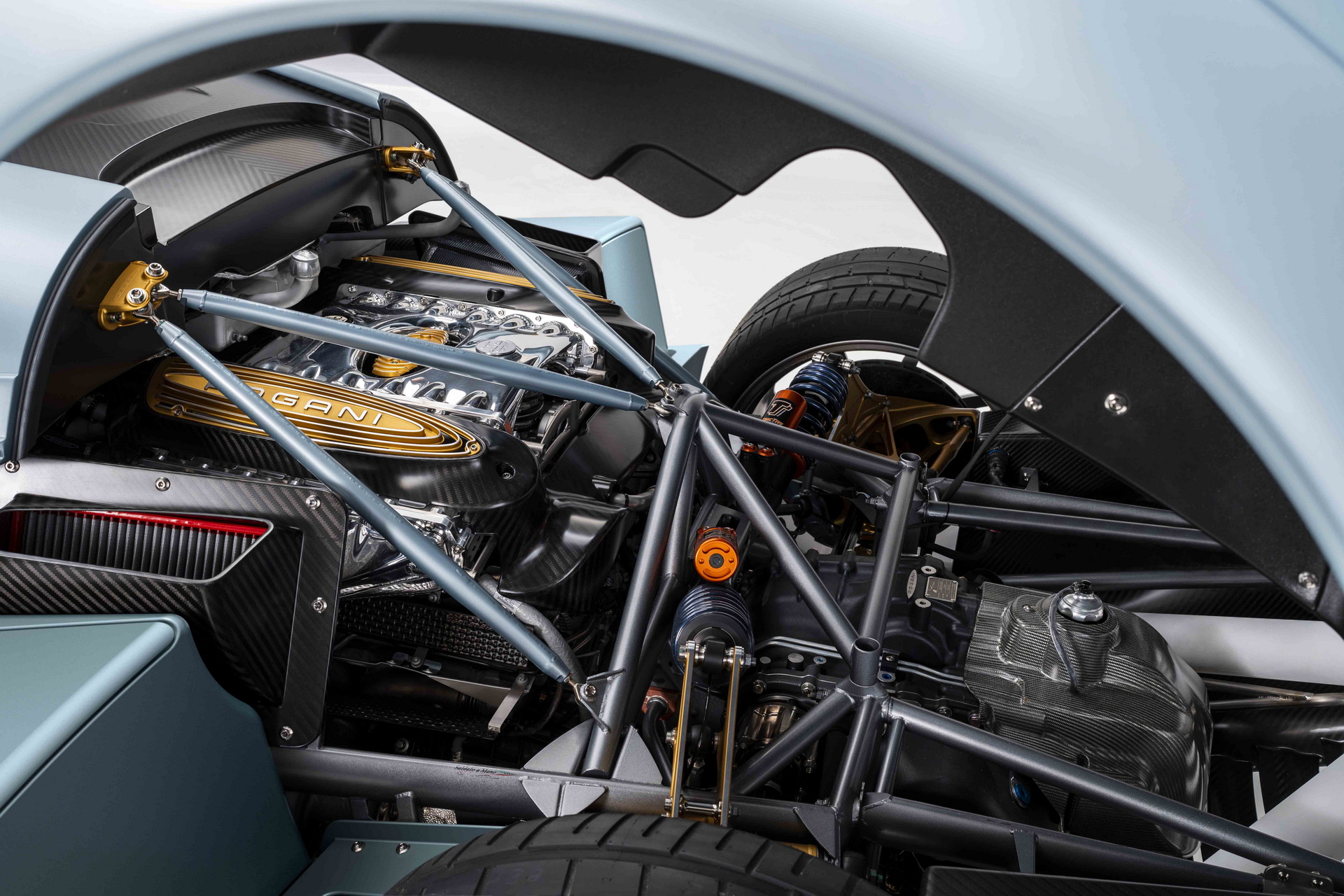Following a four-year study on the topic of electric vehicles, Italian supercar manufacturer Pagani has decided not to go electric. The company instead prefers the emotion of a V12 engine.
“In 2018, I created a team working on fully electric cars,” Horacio Pagani, the company’s founder and CEO, recently told Autocar. The team’s primary responsibility was to look at how to homologate an EV around the world, particularly in the U.S., but “in four years, we never found interest in the [electric] supercar market.”
The primary concern is weight. Pagani’s study suggested that it would need to use a 1,323 lbs (600 kg) battery pack to make a viable electric hypercar. That’s more than half of the weight of the entire Huayra R, which tips the scales at 2,359 lbs (1,070 kg).
Read Also: Ferrari Is Taking Very Careful Steps Towards An Electrified Future
Pagani also isn’t convinced by the performance of EVs. The reason? They are too fast.
“I own a Tesla to understand EVs, and it’s not necessary to have such high performance in them,” he said. “The challenge is to make an EV that gives good emotion like a normal ICE. Pagani isn’t going to do something just with good performance, as you can do this [now], but to give emotion to the driver.”
His dream, then, would be to make an electric supercar that weighs just 2,866 lbs (1,300 kg), but he feels that this would be impossible with current technology. So the company is sticking with old-fashioned V12s because, he believes, that the impact of such small scale supercars is negligible from an environmental standpoint.
Indeed, the European Union agrees, to an extent. Regulators there have given small-time manufacturers that register fewer than 1,000 vehicles per year, like Pagani, Ferrari, and McLaren, an allowance to continue making internal combustion vehicles until 2035, giving them six more years to make the electric transition than volume manufacturers.
Still, that will require Pagani to eventually get on the electric bandwagon, which should be possible. Pagani said that his company invests around 20 percent of revenue into R&D.
“We’re one of the top companies that invests in the future. We usually invest 20%. Last year, it was 14%,” said Pagani. “It’s like a race: you can stop, but when it restarts, you’re at the back. Even if you have no new car, you’re investing.”






